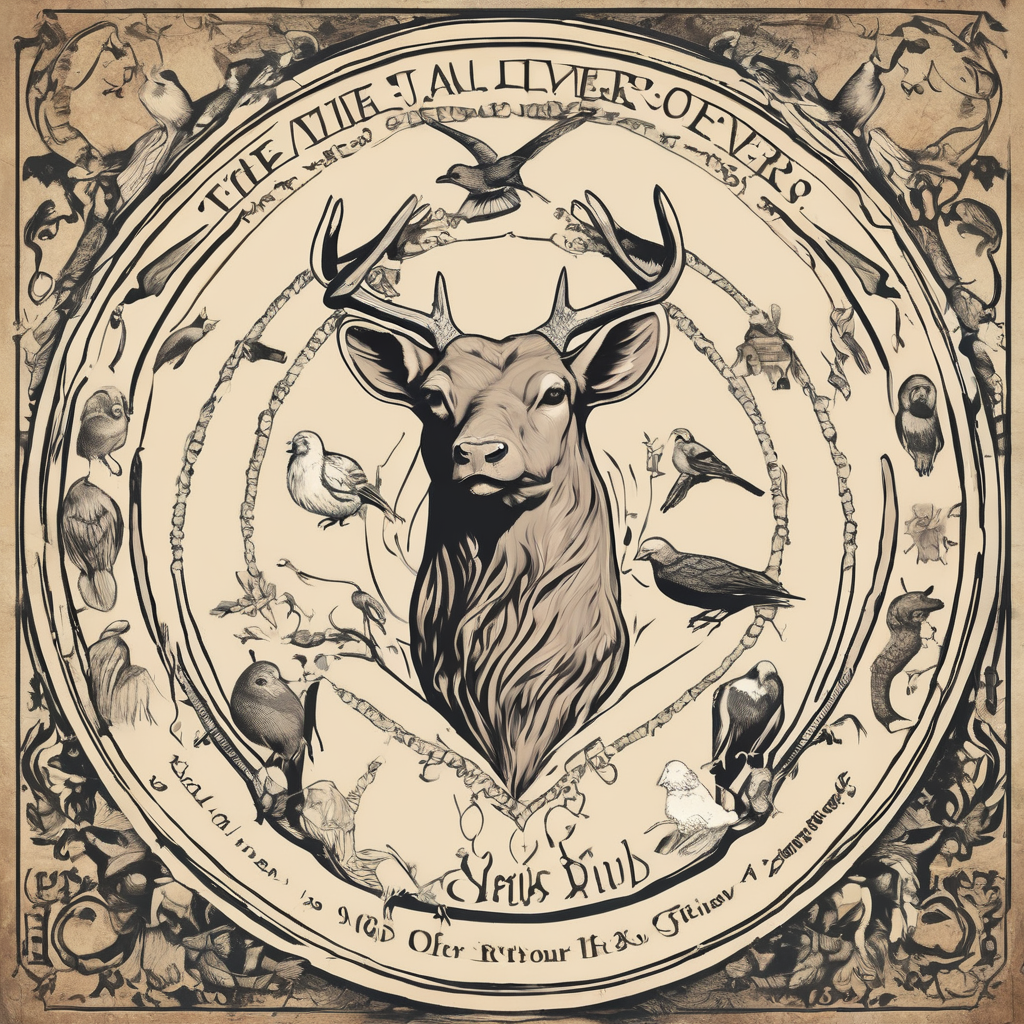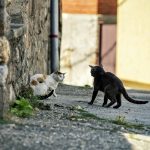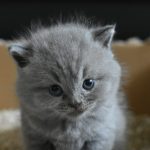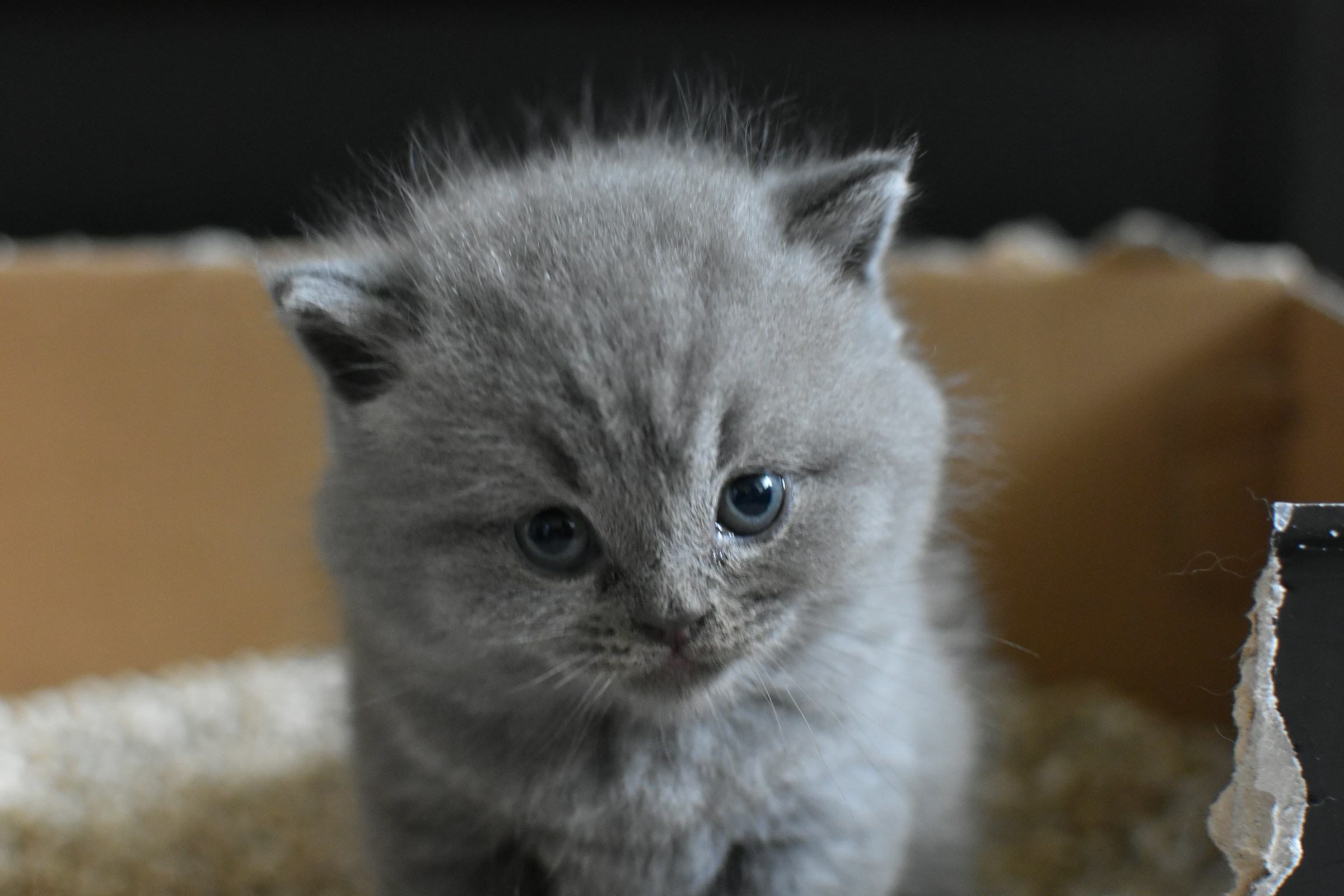In the world of pets, cats are renowned for their unique charms and endearing quirks. Among the numerous breeds that grace our homes, the hairless variety, such as the Bambino cat, stands out. These hairless cats, with their otherworldly looks and captivating personalities, are much more than meets the eye. They require specific care techniques due to their lack of a fur coat. Today, we delve into the health care, grooming, and overall upkeep of these distinctive felines.
Understanding the Unique Features of Hairless Cat Breeds
Before diving into care strategies for hairless cats, it’s crucial to understand what sets this breed apart. Hairless cats, like the Bambino or the Sphynx, have unique physical features that extend beyond their lack of fur.
A lire aussi : How do you ensure proper hydration in cats prone to urinary tract issues, and what water sources are recommended?
The Bambino cat, for instance, is a hairless breed known for its short legs and wrinkle-filled skin. The absence of a fur coat exposes the cat’s body to environmental factors like temperature fluctuations and potential skin irritants. Thus, the care and attention these cats need differs significantly from that of their furry counterparts.
The Importance of Skin Care for Hairless Cats
A hairless cat’s skin is its most defining feature. The absence of fur leaves the cat’s skin exposed to the elements, requiring a higher degree of care and attention.
Lire également : What is the appropriate protocol for bottle-feeding orphaned kittens and ensuring proper nutrition and growth?
Just like in humans, a cat’s skin can suffer from dryness, oiliness, and even acne. Regular bathing with gentle pet-friendly products can help maintain the health of their skin. However, over-bathing can strip the skin of its natural oils, leading to dryness and irritation. Therefore, it’s essential to find a balance that will suit your cat’s skin condition and lifestyle.
Additionally, hairless cats are also more susceptible to sunburn. It is advisable to limit their exposure to direct sunlight and consider pet-safe sunscreen for added protection.
Ears and Eye Care for Hairless Breeds
Just as the hairless cat’s skin requires special care, so do its ears and eyes. The absence of fur means these areas are more vulnerable to dust and debris, which can lead to infections.
Ear care for hairless cats includes regular cleaning. Ear wax build-up is more common in these breeds due to the lack of hair in the ear canal to catch debris. Gently cleaning your cat’s ears with a vet-approved solution can help prevent this build-up and maintain ear health.
Likewise, kitten eyes must be regularly checked for any signs of redness or discharge. Any abnormalities should be reported to a vet promptly. Regular cleaning with a soft, damp cloth can also help keep the eyes free from dirt and irritation.
Feeding and Health Checks for Hairless Cats
Like all cats, hairless breeds need a well-balanced diet for optimal health. However, you might find that your hairless cat requires more food than a typical furred feline. Due to their lack of insulating fur, hairless cats burn more calories to keep warm. Therefore, these cats might need a diet that is higher in calories.
Regular health checks are also essential. Hairless cats, like the Bambino and Sphynx, are generally healthy. However, they are prone to certain genetic conditions like heart disease. Regular vet visits can help detect any potential health issues early.
Socialization and Environmental Considerations
Hairless cats are known for their affectionate and sociable nature. They thrive on interaction and don’t do well when left alone for extended periods. Therefore, ensure you set aside dedicated time for play and socialization.
Environmental considerations are also paramount for hairless breeds due to their lack of fur. These cats are more sensitive to temperature changes and might need additional warmth during colder months. Consider providing heated beds or blankets for added comfort.
Indeed, hairless cats like the Bambino are extraordinary creatures. Their unique needs and charming personalities make them a fascinating addition to any home. Caring for them might require a bit more effort, but it’s an incredibly rewarding experience. Remember, every cat is unique, so it’s essential to observe and learn from your pet to provide the best possible care tailored to its needs.
Bambino Cat’s Activity Level and Entertainment
Hairless cats, like the Bambino breed, are known for their energetic and playful nature. They are often compared to dogs due to their level of activity and their need for interaction. Hence, keeping your Bambino cat entertained is an important aspect of their care.
Toys are a great source of fun and exercise for these cats. Interactive toys that trigger their hunting instincts can keep them engaged for hours. However, make sure the toys are safe and do not have any small parts that the cat might swallow.
Another enjoyable activity for Bambino cats is climbing. You might notice your Bambino attempting to climb furniture or shelves. This natural instinct can be catered to by providing cat trees or shelves specifically for your furry friend’s use.
Keeping in mind their physical characteristics, remember that their short legs might limit their ability to scale heights, so ensure their climbing equipment is suitable for their stature.
Bambino cats also enjoy the company of their human companions and other pets. They are often described as social butterflies and thrive on interaction. So spending quality time with your Bambino cat, whether it’s playing or cuddling, can go a long way in keeping them happy and healthy.
The Longevity and Life Expectancy of Hairless Breeds
A question that often arises when discussing the care of hairless cats like the Bambino breed is their life expectancy. Despite their exotic look and the special care they require, hairless cats have a lifespan similar to other domesticated cats.
On average, a healthy Bambino cat can live up to 12-15 years. However, this can be influenced by various factors, such as their diet, exercise routine, and overall health care.
Regular vet visits and a balanced diet can significantly contribute to a cat’s longevity. Remember, hairless breeds like the Bambino cat may require more calories due to their lack of fur. So consulting with your vet about the ideal diet for your cat is advisable.
Another significant factor in a Bambino cat’s life expectancy is their genetic pool. Certain genetic conditions can shorten a cat’s lifespan. However, responsible breeding practices can help mitigate these risks. If you’re adopting a Bambino kitten, ensure you’re working with a reputable breeder who prioritizes the health of their cats.
Conclusion
The care of hairless breeds like the Bambino cat is an exciting endeavor that comes with its unique set of challenges. From their special skin care needs to their sociable nature, these cats require a level of attention and dedication that may surpass that of furred breeds. However, the companionship and joy that these cats bring make every effort worth it.
Whether it’s the extra warmth they need during colder months, their need for social interaction, or their diet, tailoring your care to suit these unique needs can ensure your hairless cat thrives. Keep in mind their short legs, skin care needs, and the potential for genetic conditions, and you’re well on your way to providing a comfortable and loving home for your hairless friend.
As you embark on this journey, remember that every cat is unique, and the best approach is to observe and learn from your pet. With love, patience, and understanding, caring for a hairless cat like a Bambino can be a rewarding experience that enriches both your lives.











